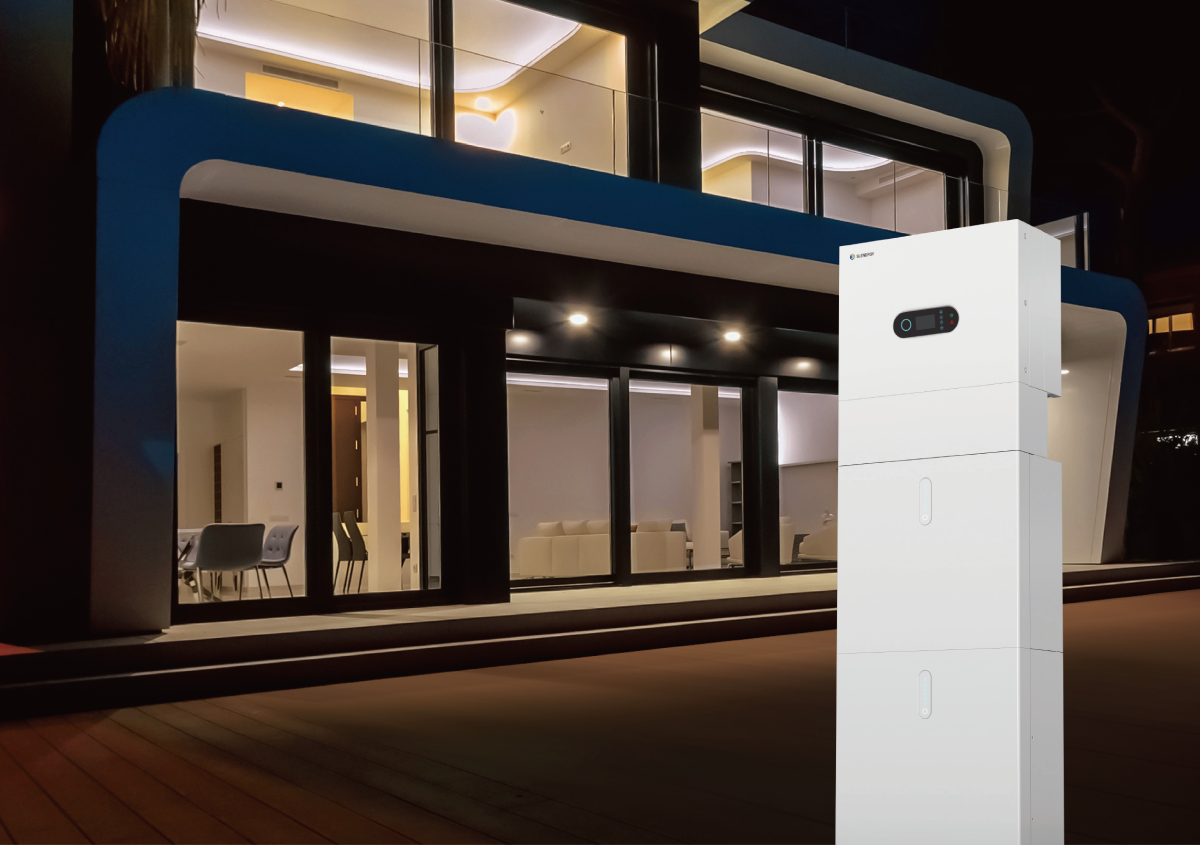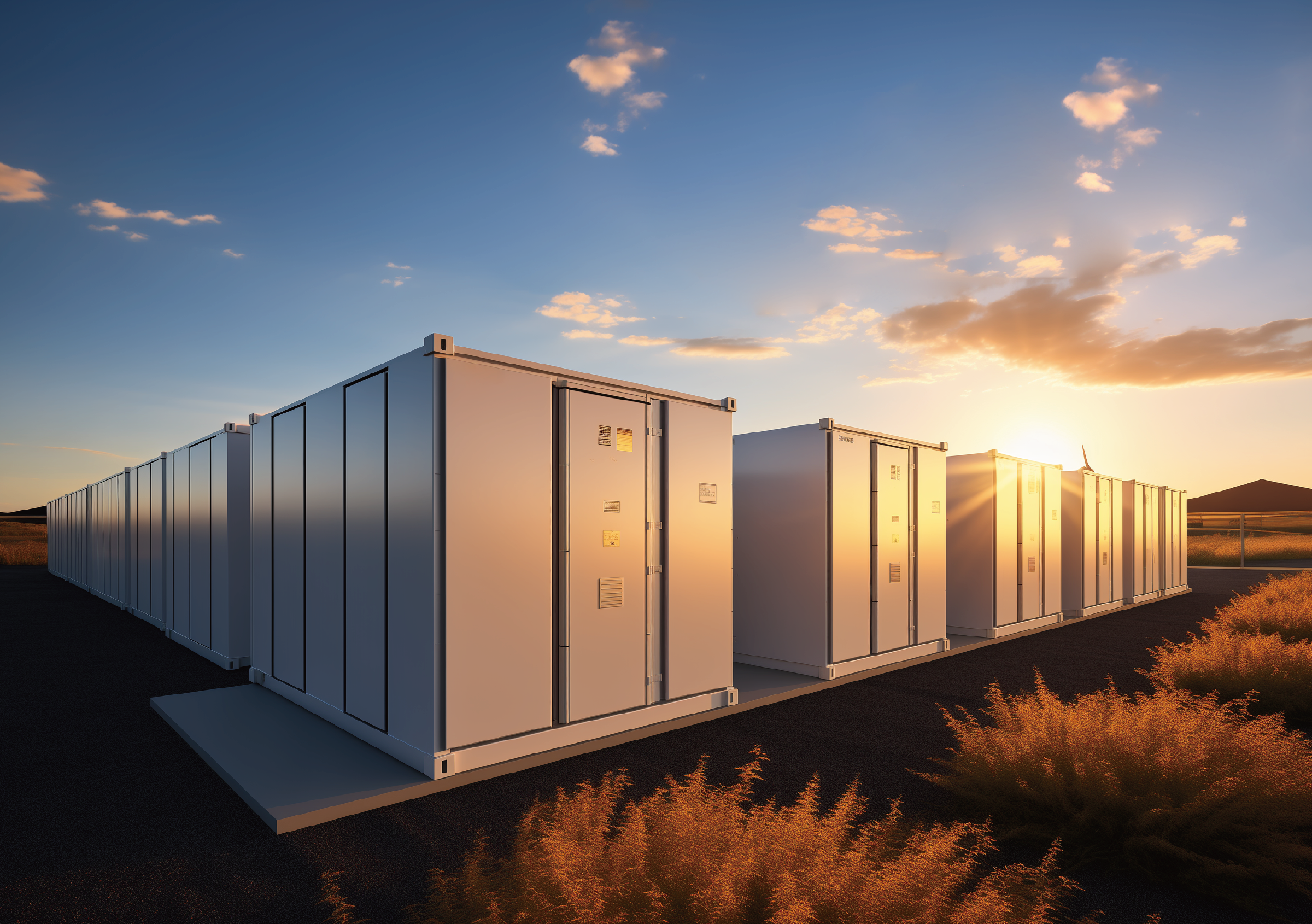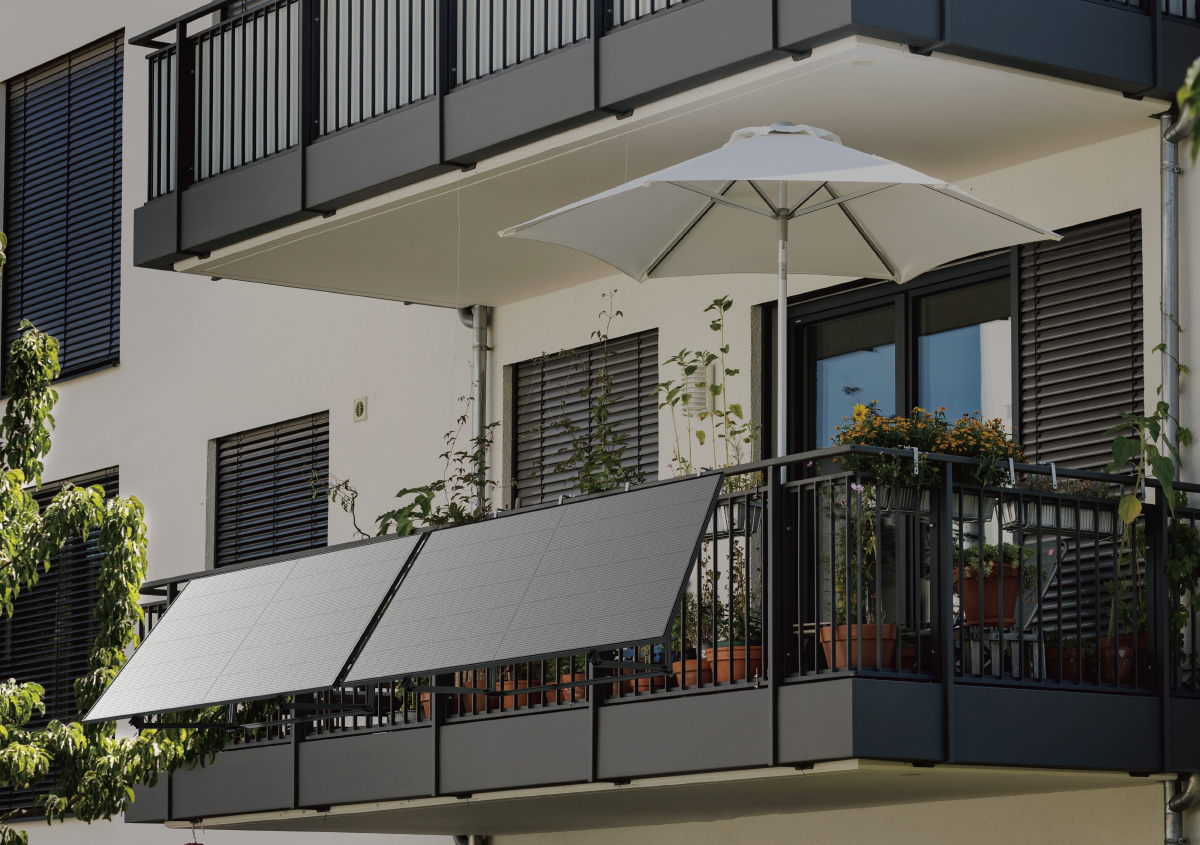Theory and Practice Integration: Innovative Design of Cooling C&I Energy Storage System
2025-05-06
In the realm of renewable energy and sustainable technologies, the integration of cooling systems with commercial and industrial (C&I) energy storage has emerged as a pivotal area of innovation. SLENERGY's cooling C&I energy storage system represents an innovative technology designed to meet the cooling energy needs of the commercial and industrial sectors. The system effectively balances peak and valley power demand by efficiently storing and releasing electricity on demand, which not only improves energy efficiency but also significantly reduces operating costs. Especially in application scenarios that require large-scale refrigeration, SLENERGY's solution demonstrates its excellent stability and environmental adaptability, providing strong support for enterprises to achieve green transformation and sustainable development goals.

Theoretical Foundation
Thermodynamics and Heat Transfer
At the heart of any cooling system lies the fundamental principles of thermodynamics and heat transfer. These principles dictate how heat energy is absorbed, transferred, and dissipated. For C&I energy storage systems, understanding the thermodynamics of battery cells is crucial. Batteries generate heat during charging and discharging cycles, which must be effectively managed to prevent thermal runaway and ensure long-term performance.
Heat transfer mechanisms such as conduction, convection, and radiation play pivotal roles in designing efficient cooling systems. Conduction involves heat flow through solid materials, while convection relies on fluid motion to transfer heat. Radiation, though less significant in most C&I cooling applications, should still be considered in a holistic design approach.
Materials Science and Engineering
Advancements in materials science have facilitated the development of novel cooling materials with enhanced thermal conductivity and corrosion resistance. These materials, such as high-thermal-conductivity composites and phase change materials (PCMs), are integral to modern cooling system designs. PCMs, in particular, absorb and release large amounts of heat at constant temperatures, providing effective thermal management during peak operations.
Practical Implementation
System Architecture
The practical design of a cooling system for C&I energy storage involves multiple components, each playing a critical role. These include:
Cooling Media: Selection of appropriate cooling media (e.g., air, liquid, PCMs) based on system requirements and efficiency considerations.
Heat Exchangers: Efficient heat exchangers facilitate the transfer of heat from the battery pack to the cooling media.
Pumps and Fans: For liquid-based and air-based cooling systems, respectively, ensuring adequate flow rates and pressure to maintain effective cooling.
Sensors and Controls: Real-time monitoring and control systems adjust cooling operations based on battery temperature and other parameters.
Integration Challenges
Integrating cooling systems into C&I energy storage presents several challenges:
Space Constraints: Compact designs are necessary to fit within existing infrastructures.
Weight Considerations: Additional cooling components can increase overall system weight, impacting installation and transportation.
Cost-Effectiveness: Balancing the cost of cooling components with their efficiency and longevity is crucial.
Reliability and Maintenance: Ensuring the cooling system operates reliably over the lifetime of the energy storage system, with minimal maintenance requirements.
Innovative Approaches
Hybrid Cooling Systems
One innovative approach is the development of hybrid cooling systems that combine air and liquid cooling. These systems leverage the benefits of both methods, offering higher efficiency and flexibility. For instance, air cooling can be used for low-load conditions, while liquid cooling kicks in during high-load operations to maintain optimal temperatures.
Active and Passive Thermal Management
Active thermal management systems rely on pumps, fans, and other mechanical components to actively regulate temperatures. While effective, they consume energy and require maintenance. Passive systems, on the other hand, utilize PCMs, thermal fins, and natural convection to manage heat without additional power consumption. Combining active and passive strategies can optimize performance while minimizing energy use and maintenance costs.
Smart Cooling Algorithms
The integration of Internet of Things (IoT) technologies and machine learning algorithms enables smart cooling solutions. These systems continuously monitor battery temperatures, predict future thermal loads, and adjust cooling operations accordingly. Smart algorithms can also optimize energy consumption by coordinating cooling with energy storage charging and discharging cycles.
Practical Application
A case study of a large-scale C&I energy storage system with an innovative cooling design illustrates these principles in action. The system employed a hybrid cooling approach, combining air cooling for normal operations and liquid cooling for peak loads. PCMs were integrated within the battery pack to provide additional thermal buffering.
Real-time monitoring and smart cooling algorithms further enhanced the system's performance. Data analytics identified optimal cooling strategies, reducing energy consumption by 15% compared to traditional cooling methods. Additionally, the system's compact design and robust materials ensured long-term reliability and minimal maintenance requirements.
Conclusion
The innovative design of cooling C&I energy storage system represents a critical advancement in renewable energy technology. By integrating theoretical principles with practical applications, these systems address the challenges of thermal management, enhancing efficiency, reliability, and cost-effectiveness. As technology continues to evolve, further innovations in materials, system architecture, and smart algorithms will drive even greater improvements, paving the way for more sustainable and resilient energy storage solutions.
 Chinese
Chinese English
English French
French German
German Hindi
Hindi Italian
Italian Polish
Polish Portuguese
Portuguese Spanish
Spanish Urdu
Urdu Vietnamese
Vietnamese







